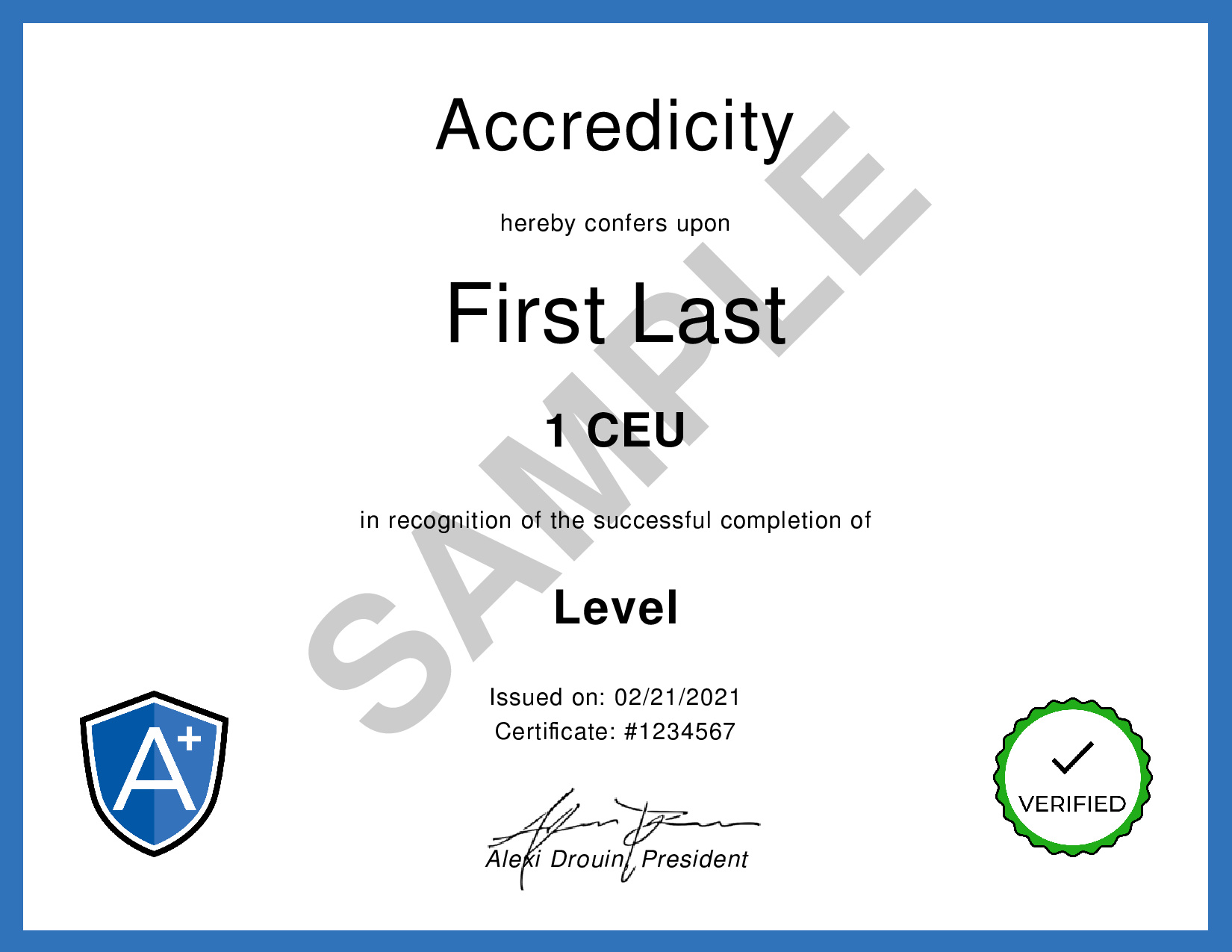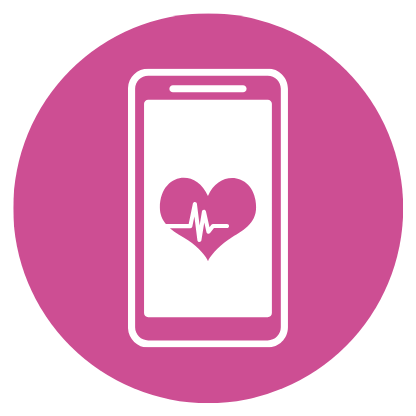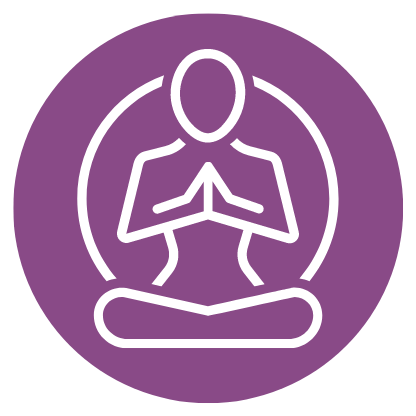The Future of Neuroscience with Ariel Garten | Exponential Medicine
Reference: Exponential Medicine. (2015, October 15). The Future of Neuroscience with Ariel Garten [Video]. YouTube.
We Make Your Education Count

Get the Credit You Deserve and Become the Most Attractive Job Candidate by Earning and Posting A+ Badges to Your Linkedin Profile.
Sign Up to Get Started at Accredicity
Foods & Habits to Optimize Mental-Physical Health | Andrew Weil | Lewis Howes
0/2
 180 Creds - Health
180 Creds - Health









